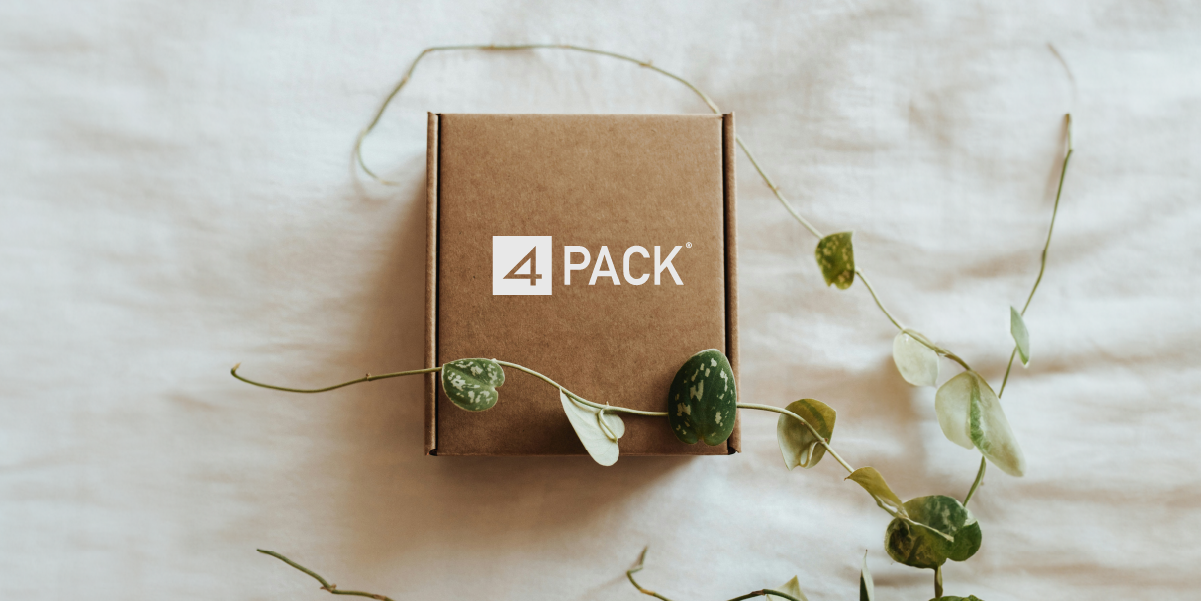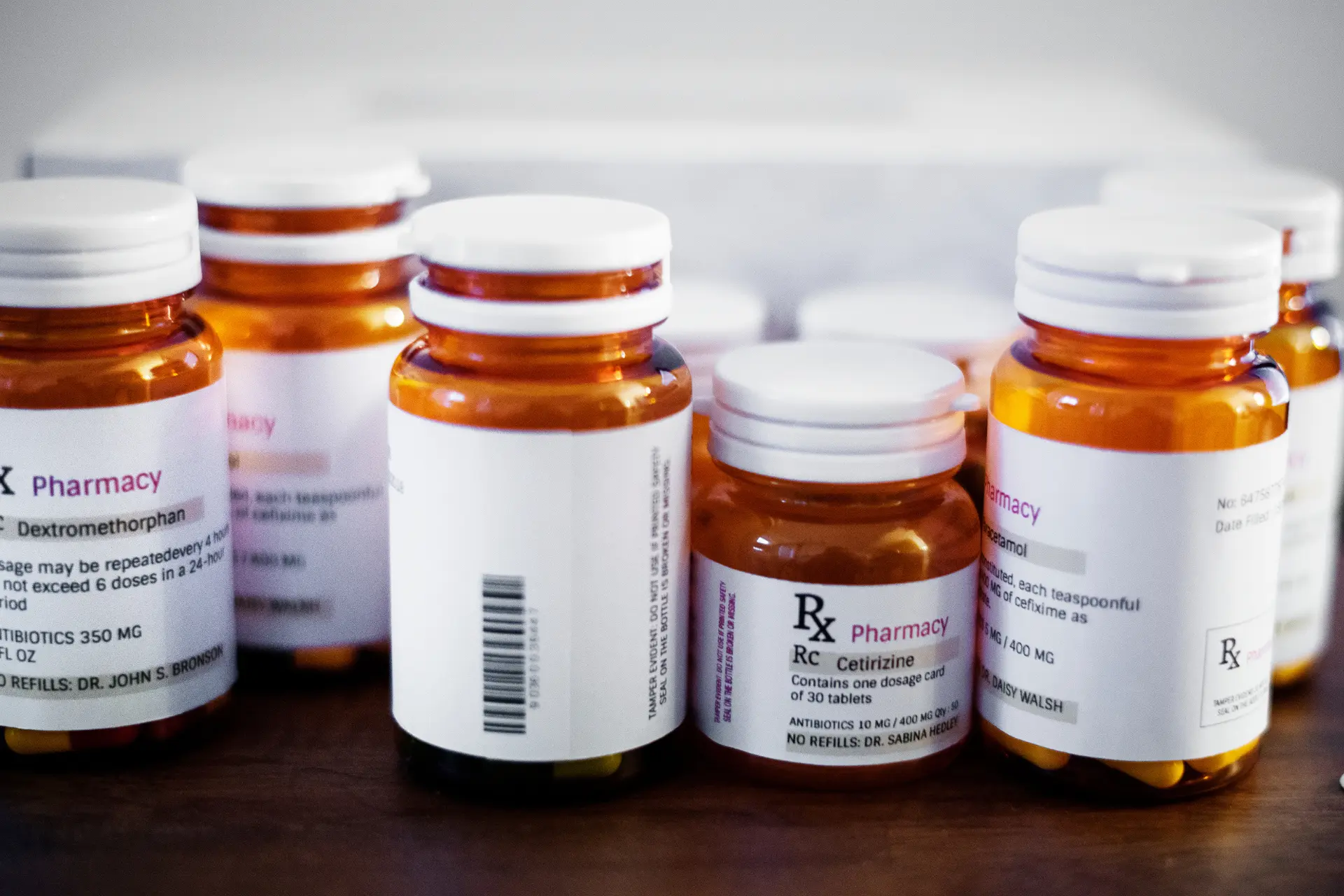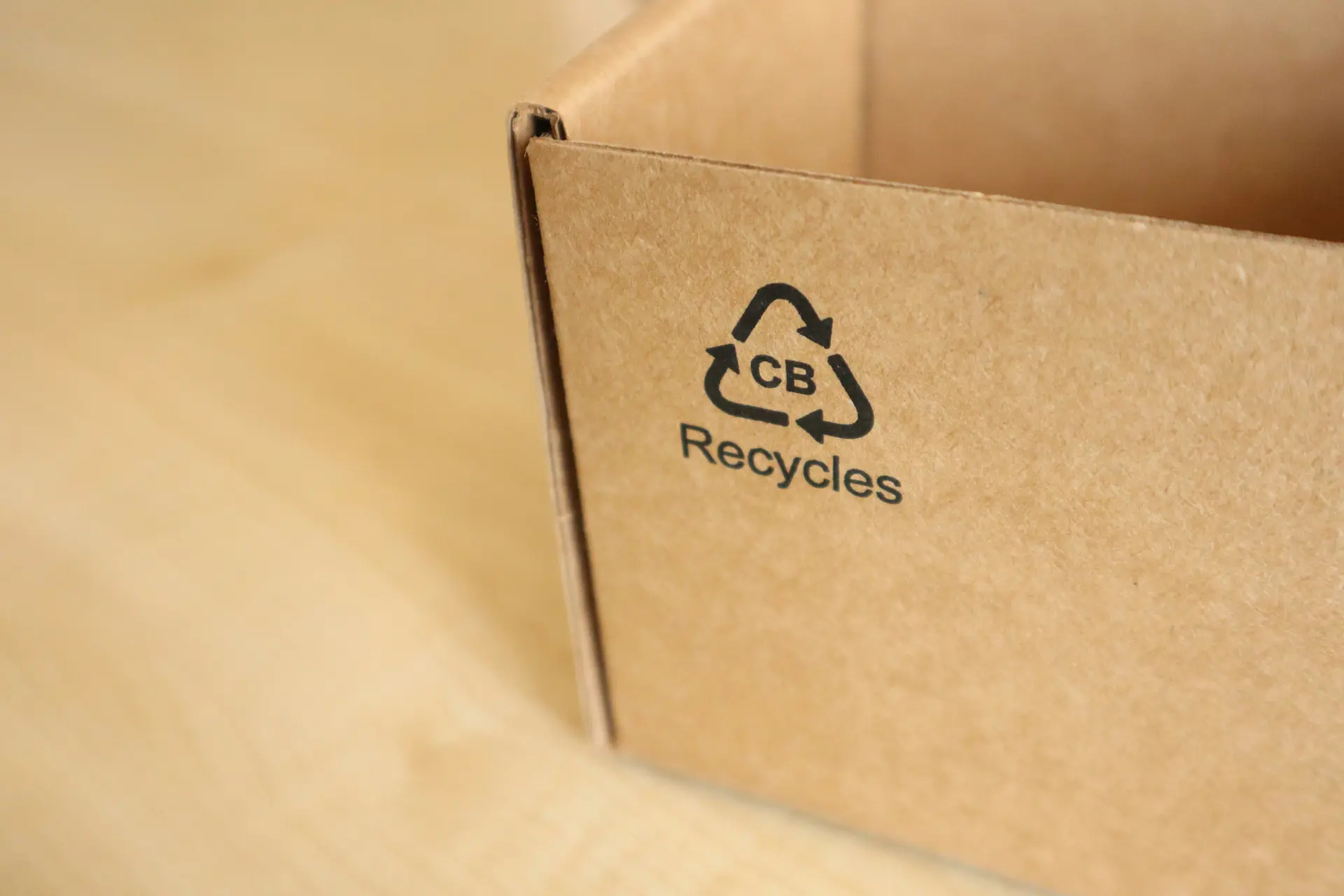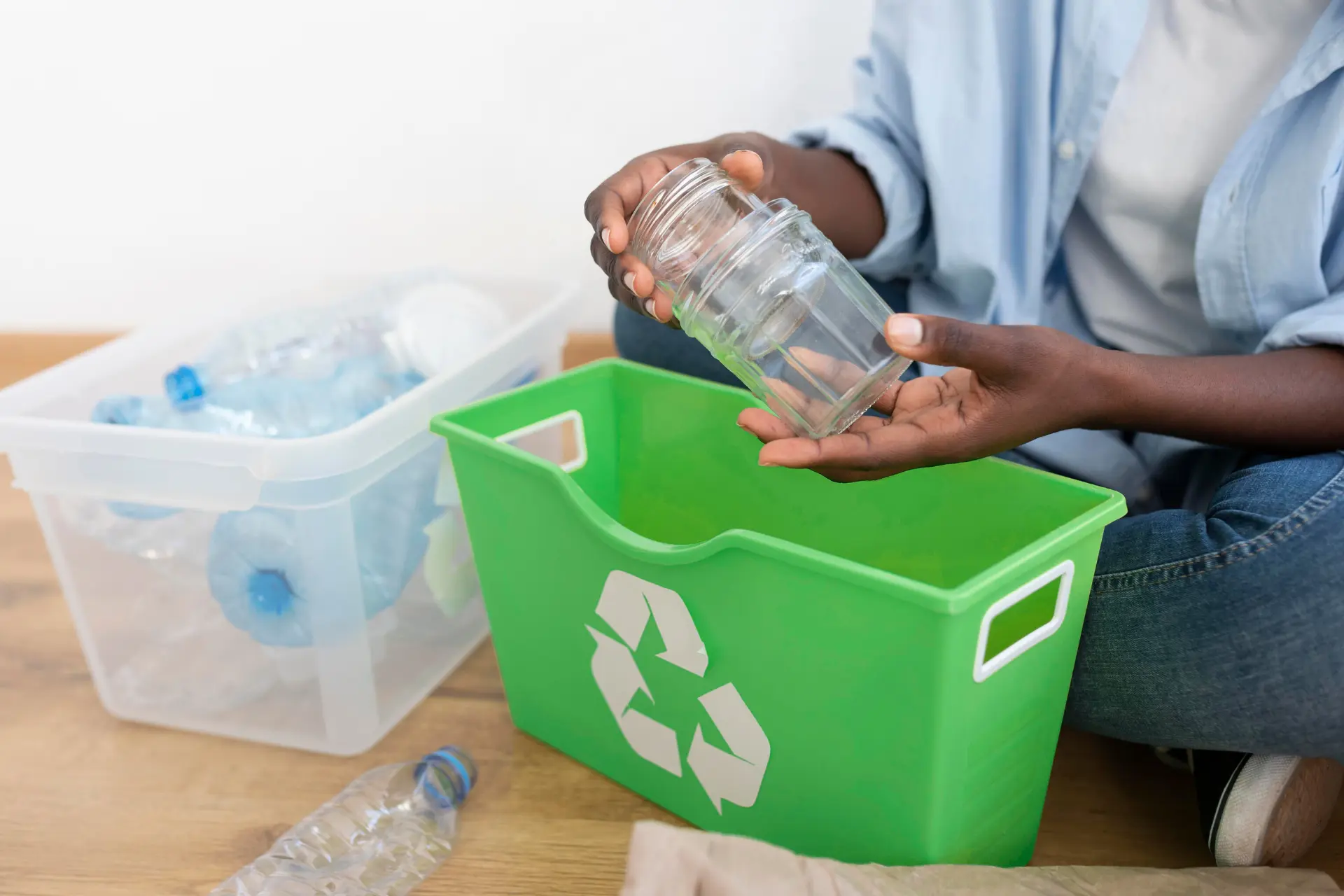The Importance of Sustainable Packaging
In an era marked by growing environmental consciousness, sustainable packaging has emerged as a crucial element in reducing our ecological footprint. Businesses are increasingly recognising the need to adopt sustainable packaging practices to meet consumer demand, regulatory requirements, and their corporate social responsibility (CSR) goals. Sustainable packaging not only helps in preserving natural resources but also plays a significant role in reducing pollution and waste.
Overview of Regulatory Landscape
The regulatory landscape for packaging is evolving rapidly as governments worldwide implement stricter guidelines to promote sustainability. Compliance with these regulations is not merely a legal obligation but also an opportunity for businesses to demonstrate their commitment to environmental stewardship. Understanding and navigating these requirements is essential for achieving and maintaining compliance.
What is Sustainable Packaging?
Sustainable packaging refers to the development and use of packaging solutions that have minimal environmental impact and footprint. This encompasses the entire lifecycle of the packaging product, from sourcing raw materials to production, usage, and end-of-life disposal or recycling. The goal is to create packaging that is environmentally friendly, socially beneficial, and economically viable.
Key Principles of Sustainable Packaging
- Reduce: Reducing the amount of material used in packaging is a fundamental principle of sustainability. This involves designing packaging that uses fewer resources without compromising its functionality or protection of the product.
- Reuse: Reusable packaging is designed to be used multiple times before being disposed of. This not only reduces waste but also conserves the resources and energy required to produce new packaging.
- Recycle: Recycling involves converting waste materials into new products. Sustainable packaging should be easily recyclable, allowing materials to re-enter the production cycle and reduce the need for virgin resources.
Benefits of Sustainable Packaging
Environmental Impact
Sustainable packaging significantly reduces the environmental footprint by minimising waste, reducing greenhouse gas emissions, and conserving natural resources. It also helps in protecting ecosystems and biodiversity.
Economic Advantages
While there may be initial costs associated with switching to sustainable packaging, it can lead to long-term savings. Efficient use of materials and energy can lower production costs, and businesses can avoid penalties associated with non-compliance.
Consumer Perception
Consumers are becoming increasingly eco-conscious and prefer brands that demonstrate a commitment to sustainability. Sustainable packaging can enhance brand image, loyalty, and competitiveness in the market.
Regulatory Requirements for Sustainable Packaging
Global Regulations
- European Union: The European Union has been at the forefront of promoting sustainable packaging through directives such as the Packaging and Packaging Waste Directive (PPWD). This legislation aims to reduce packaging waste and promote recycling and reuse of packaging materials.
- United States: In the United States, the Environmental Protection Agency (EPA) sets guidelines and regulations for packaging under the Resource Conservation and Recovery Act (RCRA). Additionally, various states have their own stringent packaging requirements.
- Asia-Pacific: Countries in the Asia-Pacific region, including Japan, China, and Australia, have implemented their own packaging regulations to address local environmental challenges. These regulations often focus on reducing plastic waste and promoting recycling initiatives.
National and Local Regulations
Beyond global directives, businesses must also comply with national and local regulations, which can vary significantly. Understanding these specific requirements is critical for achieving compliance.
Industry-Specific Regulations
- Food and Beverage: The food and beverage industry faces unique challenges, including ensuring packaging materials are safe for contact with food. Regulations in this sector often focus on preventing contamination and ensuring recyclability.
- Pharmaceuticals: Pharmaceutical packaging must meet stringent safety and sterility standards while also being sustainable. Regulatory bodies like the FDA in the US and the EMA in Europe set specific guidelines for this sector.
- Cosmetics: The cosmetics industry must navigate regulations that ensure packaging is both sustainable and safe for consumer use. This includes restrictions on certain materials and requirements for labelling and recycling.
Steps to Achieve Compliance With Sustainable Packaging
Conducting a Packaging Audit
- Identifying Current Packaging Materials: The first step in achieving compliance is to conduct a thorough audit of existing packaging materials. This involves identifying all materials currently in use and assessing their sustainability.
- Assessing Environmental Impact: Evaluate the environmental impact of current packaging practices. This includes analysing the carbon footprint, waste generation, and resource consumption associated with packaging materials.
Developing a Sustainable Packaging Strategy
- Setting Clear Objectives: Establish clear, measurable objectives for sustainable packaging. These should align with broader corporate sustainability goals and regulatory requirements.
- Engaging Stakeholders: Engage all relevant stakeholders, including suppliers, customers, and regulatory bodies, in the development of the packaging strategy. Collaboration is key to identifying and implementing effective solutions.
- Budgeting for Sustainability: Allocate a budget for sustainable packaging initiatives. This should cover costs associated with research, development, and the transition to more sustainable materials and processes.
Choosing Sustainable Materials
- Biodegradable and Compostable Options: Consider using biodegradable and compostable materials that break down naturally without harming the environment. These materials can significantly reduce waste and pollution.
- Recycled Materials: Incorporate recycled materials into packaging designs. Using materials that have been recycled helps to reduce the demand for virgin resources and supports the recycling industry.
- Reusable Packaging: Develop packaging that can be reused multiple times. This can include refillable containers, returnable bottles, and other innovative solutions that extend the lifecycle of packaging.
Implementing Sustainable Design Principles
- Minimising Material Use: Design packaging that uses the least amount of material necessary to protect the product. This reduces waste and conserves resources.
- Designing for Recycling: Ensure that packaging is designed to be easily recyclable. This includes using single-material packaging or clearly labelling materials to facilitate proper recycling.
- Enhancing Durability and Reusability: Enhance the durability and reusability of packaging to extend its lifecycle. This not only reduces waste but also provides added value to consumers.
Supply Chain Considerations
- Sourcing Sustainable Materials: Source materials from suppliers that adhere to sustainable practices. This ensures that the entire supply chain supports your sustainability goals.
- Partnering with Eco-Friendly Suppliers: Partner with suppliers who share your commitment to sustainability. Collaborative efforts can lead to innovative solutions and improved environmental outcomes.
- Ensuring Transparency and Traceability: Implement systems to ensure transparency and traceability in the supply chain. This helps in verifying the sustainability of materials and practices.
Monitoring and Reporting
- Setting Up Monitoring Systems: Establish systems to monitor the performance of sustainable packaging initiatives. This includes tracking key metrics such as waste reduction, recycling rates, and carbon footprint.
- Reporting on Sustainability Metrics: Regularly report on sustainability metrics to stakeholders. Transparency in reporting helps build trust and demonstrates progress towards sustainability goals.
- Continuous Improvement: Continuously evaluate and improve sustainable packaging practices. Stay informed about new technologies, materials, and regulations to maintain compliance and enhance sustainability.
Overcoming Challenges in Sustainable Packaging
Cost Considerations
One of the primary challenges in adopting sustainable packaging is the cost. However, long-term savings from material efficiency, waste reduction, and compliance with regulations can offset initial expenses.
Technological Barriers
Technological limitations can hinder the implementation of sustainable packaging. Investing in research and development can help overcome these barriers and lead to innovative solutions.
Consumer Behaviour and Perception
Changing consumer behaviour and perception is crucial for the success of sustainable packaging. Education and awareness campaigns can help consumers understand the benefits and importance of sustainable packaging.
Regulatory Compliance Challenges
Navigating the complex web of global, national, and local regulations can be challenging. Staying informed and engaging with regulatory bodies can help businesses remain compliant and anticipate future changes.
Future Trends in Sustainable Packaging
The development of new eco-friendly materials, such as bio-based plastics and advanced composites, will drive the future of sustainable packaging. These innovations offer improved performance and environmental benefits.
Advances in recycling technologies will make it easier to recycle a wider range of materials. Enhanced sorting and processing capabilities will increase recycling rates and reduce waste.
Policy Developments
Future policy developments will likely impose stricter requirements on packaging sustainability. Staying ahead of regulatory changes and actively participating in policy discussions can help businesses remain compliant and influence positive outcomes.
Recap of Key Points
Achieving compliance with sustainable packaging requirements is a multifaceted endeavour that involves understanding regulatory landscapes, adopting sustainable materials and practices, and engaging stakeholders. The benefits extend beyond regulatory compliance to include environmental protection, cost savings, and enhanced consumer perception.
The Ongoing Journey Towards Packaging Sustainability
Sustainability is an ongoing journey that requires continuous improvement and adaptation. Businesses must stay informed about new developments and be proactive in implementing sustainable solutions.



